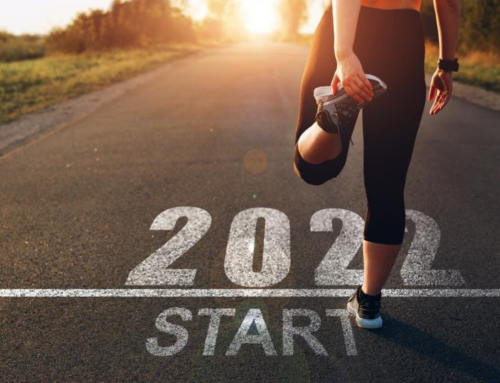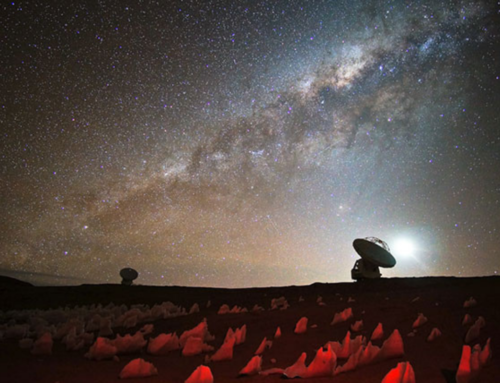The Black Lives Matter movement has reignited an awakening inside the space and astrophysics community, with Black astrophysicists staging protests and walkouts to raise awareness about the stark diversity problem and structural racism in their field.
“Women of color really have very few role models in academia in general, but in space and astrophysics, there’s very few people who look like them,” says Dr. Stefanie Johnson, professor at the University of Colorado Leeds School of Business. She researches the intersection between leadership and diversity inclusion and is the author of the book Inclusify, which focuses on what leaders can do to create diversity and inclusion.
For the past four years, she has worked with Hubble Space Telescope to improve its scientific review application process, which chooses who gets time and money to do research there. She asked Hubble to remove names from the applications and for applicants to write their proposal differently so that evaluators would be able to assess only the science, not the race or gender of the applicant. In the first year of the application process, Johnson says they found less gender bias, and women outperformed men by small margins.
“I guess the point of doing it wasn’t the idea that women are just better astrophysicists,” she says. “It’s more that they’re probably more equal than we give them credit for, but our biases hold us back from making truly fair judgments.”
And she says those biases extend well beyond gender in academia.
“I’m not going to say for space in particular, but for all fields, I think there’s a lot stronger bias against people of color and particularly Black Americans and particularly Black women,” she says. “I think there’s obviously the unconscious bias, which is a lot of what I talk about, but clearly there’s a lot of conscious bias too, just like overt racism.”
She points to the racial wealth gap in America as a starting point for systemic racism.
“If you have less wealth, you may have to … take a job to pay for college … and then when you’re in college, you may get bias from faculty.”
Johnson says professors are more likely to mentor people who look like them and says in grad school, the bias continues with older white faculty and what she calls a “good old boys network.”
“And so they have connections with each other that I don’t think are aimed at keeping out people of color, but if you follow all the biases together. … It just really starts to add up,” she says.











Leave A Comment